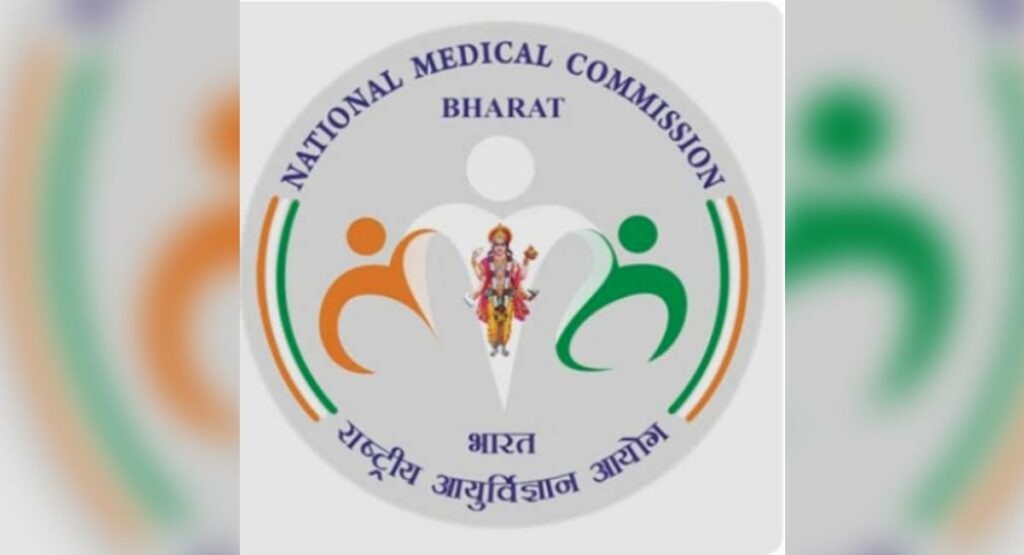What challenges do rural communities face in accessing quality healthcare services, according to the NMC health survey?
Rising Threat: Lifestyle Diseases on the Rise in Rural India, NMC Health Survey Reveals
A recent health survey conducted by the National Medical Commission (NMC) has shed light on a worrying trend - lifestyle diseases are on the rise in rural India. Traditionally associated with urban areas, lifestyle diseases such as diabetes, hypertension, obesity, and heart disease are now disproportionately affecting individuals in rural communities. This alarming revelation has prompted health experts to examine the underlying causes and potential solutions to address this pressing issue.
The NMC Health Survey Findings
The NMC health survey, conducted across various rural regions in India, has highlighted the following key findings:
- Prevalence of lifestyle diseases: The survey revealed a significant increase in the prevalence of lifestyle diseases, particularly among middle-aged and elderly individuals in rural areas.
- Lack of awareness: Many individuals were found to have limited knowledge about the risk factors associated with lifestyle diseases, including poor dietary habits, physical inactivity, and smoking.
- Healthcare access: Access to quality healthcare services in rural communities was identified as a major challenge, with limited facilities and medical professionals available to address the growing health needs.
Causes of Rising Lifestyle Diseases in Rural India
Changing Dietary Patterns
Traditional dietary patterns in rural India are being gradually replaced by a more Westernized diet, characterized by high consumption of processed foods, refined sugars, and unhealthy fats. This shift in dietary habits has contributed to the rising incidence of obesity, diabetes, and cardiovascular diseases.
Lack of Physical Activity
With the mechanization of agricultural practices and sedentary lifestyles becoming more common, physical activity levels have significantly decreased in rural areas. This lack of exercise and movement increases the risk of developing lifestyle-related health conditions.
Poor Health Infrastructure
Rural communities often face challenges in accessing quality healthcare services, including diagnostic facilities, specialist care, and preventive health programs. The lack of adequate infrastructure hinders early detection and management of lifestyle diseases.
Potential Solutions
Addressing the rising threat of lifestyle diseases in rural India requires a multi-faceted approach that encompasses awareness, preventive measures, and improved healthcare infrastructure. Some potential solutions include:
Education and Awareness Campaigns
Initiating educational programs to raise awareness about the risk factors associated with lifestyle diseases and the importance of healthy living. These campaigns can be conducted through community health centers, local schools, and outreach initiatives.
Promotion of Healthy Eating Habits
Encouraging the adoption of traditional dietary patterns rich in fruits, vegetables, and whole grains, while discouraging the consumption of processed and unhealthy foods. Nutrition counseling and cooking demonstrations can be organized to promote healthy eating habits.
Improving Access to Healthcare
Investing in the development of healthcare infrastructure in rural areas, including the establishment of primary healthcare centers, mobile medical units, and telemedicine facilities. This can enhance access to timely medical care and diagnostic services.
Conclusion
The findings of the NMC health survey serve as a wake-up call to the growing threat of lifestyle diseases in rural India. It is imperative to address this issue with urgency by implementing targeted interventions that focus on prevention, education, and healthcare access. By fostering a culture of health and well-being in rural communities, it is possible to mitigate the impact of lifestyle diseases and improve the overall quality of life for individuals in these regions.
Results of a recent health survey revealed that 31% of children aged 6 to 59 months were found to be anaemic, along with 38% of non-pregnant women, 39% of pregnant women, and 19% of men. Additionally, 22% of the respondents reported having the Ayushman Bharat Health Account (ABHA) ID.
The survey included a diverse range of participants, with 48% from the 15-45 age group, and 11% over the age of 60. There were also respondents under one year old, making up approximately 2% of the total number surveyed. In terms of socio-economic status, beneficiaries were classified as follows: lower middle class (26%), middle class (25%), and lower class (15%).
It is noteworthy that more than85%,of the participants in this survey were MBBS students from then2022batch. Notably,nover6 thousand faculty members specializing in community medicine and other specialties took part in this innovative learning initiative alongside an equal numbernof junior and senior residents.
During an event related to this initiative,Nadda highlighted recent endeavors in public health,such as thne Family Adoption Program,and emphasized that these efforts will better equip MBBS students with both clinical skills and empathy for their future careers.Nadda also commended for addingn25 thousand undergraduate analog postgraduate seats duringthenpast four years.
The Family Adoption Program (FAP), created by NMC officials,nis a unique program intendednto give young medical students firsthand exposure tonthe challenges faced by families across different socio-economic backgrounds.At its core,FAP aimsnto provide Indian medical graduates an opportunity forthexperimental learning focusingnon community-based care,in turn promoting greater health equity throughout marginalized communities.
